 Abraham Lincoln
If given the truth, the people can be depended upon to meet any national crisis...
Abraham Lincoln
If given the truth, the people can be depended upon to meet any national crisis...
 Guildford news...
for Guildford people, brought to you by Guildford reporters - Guildford's own news service
Guildford news...
for Guildford people, brought to you by Guildford reporters - Guildford's own news service
Birdwatcher’s Diary No.67
Published on: 1 Aug, 2014
Updated on: 1 Aug, 2014
By Malcolm Fincham
As we progressed into the second half of July so did the temperatures, with mercury levels close to 30c for several days around Guildford.
In spite of the heat (for me) but a lover of all seasons, yet still with hopes of plenty more summer weather ahead, it was the start of a transition time of the year for some of our avian species.
All of our ‘tracked’ cuckoos have now left the UK on their journey back to Africa (click for updates), leaving their young to be tended to by their fostered parents.
Signs of reverse migration by some of the more northerly breeding birds, mostly waders such as black-tailed godwits and both green and common sandpipers, were starting to be seen and reported at a number of Surrey reserves including a common sandpiper I spotted at Stoke Lake one evening as it sat on the tern raft.
July 18 was my last sighting of the juvenile common terns at Stoke Lake. Guessing it would be my final sighting of them before they moved on from the lake, I made the most of the opportunity of taking a few last photos.
I watched them guided by their parents as they continued to teach them how to fish – now at the far end of the lake well away from the raft where they first hatched.
A trip to Thursley Common on a hot afternoon on Sunday, July 20, with Dougal gave us both good views of families of redstart and tree pipits, as well as a brief view of a hobby.
Some families of our more resident species could also be viewed, including stonechats and woodlarks with even hearing the brief scratchy call of a Dartford warbler. This is a bird now making a noticeable comeback on many of our Surrey heathlands.
Along the boardwalks we able to count more than 100 of both adult and young common lizards, even having to be careful not to tread on some as they basked in sunshine.
Continuing our walk up on to the drier sandy part of heathland, we began to look for our target species of the day – a critter which carries the same name as a species of fish.
The grayling is also a heathland butterfly that comes out at this time of the year and one I had never seen before. So having seen several that day in their usual swift flight it was pleasing to track one down as it settled on some flowering heather long enough get a few pictures.
On the following Sunday, with the addition of Dougal’s friend John, we decided to revisit Medmerry Nature Reserve in West Sussex. We visited it back in May to view the black-winged stilts.
Click to view previous report.
With eggs now hatched and all three of their young still surviving and now quite sizeable, they had, unfortunately for my camera, become much more mobile. They had been take by their parents to a more secluded part of the reserve giving only distant views through the heat haze that day. I therefore only managed a few distant record shots and a short video clip.
I was just pleased to know that they had been so successful!
Click here of a short clip through the heat haze of black-winged stilts at Medmerry.
They maybe as successful one day as the avocets that could be seen in good numbers around the reserve, many also with young.
Adding to what turned out to be another rather pleasant day was furtherevidence of noticeable seasonal changes with the sightings of a few different species of waders, now making their way back on reverse migration from both Arctic and other less northerly breeding grounds.
These included: on the shoreline a dozen sanderling seen running back and forth in time with the tide.
A flock of 50 or more dunlin flew up and down the coastline, seemingly agitated by our presence, most still in breeding plumage.
While not far out from the shore line a good dozen sandwich terns fished in the sea.
On the lagoons a few families of little ringed plover could be seen.
Along with several common and a green sandpiper.
Even getting a record shot of a less commonly seen wood sandpiper.
On a fence post a female kestrel could be viewed as it watched optimistically into the long grass for some movement of a small mammal and the chance of a meal.
Several clouded yellow butterflies could be seen around the reserve adding to my list of butterfly species seen this year!
Personally, my most surprising sighting of the day was that of several wheatear on the shingled beach feeding up on insects and already preparing for their long trip to their winter home in Africa.
Locally, one of the most noticeable but overlooked changes to me at this time of the year is the lack of sound from our common blackbird -‘the silence is deafening’ one might say.
This occurs with a number of resident species after breeding and during moulting of their feathers.
A brief visit to Whitmoor Common on the evening of July 30 gave me some good photos of male linnets still in their bright chested summer plumage.
As well as several females still looking in pristine summer condition.
In contrast however, small mixed flocks, mainly made up of blue and long-tailed tits, could be noted moving among the silver birch trees.
And rowan trees also known as mountain ash were already displaying their brightly coloured berries, a good few weeks earlier than I reported last year.
Having already raised their young and previously seen in a large group over the skies of Stoughton, I have not seen any swifts for nearly a week now. Nor have I heard their renown screaming sounds.
And with evenings drawing in, the seasonal tide is certainly starting to turn – just not to quickly one hopes?
Saving my best personal sighting over the past few weeks of July until last had to be that of a numerous sighting in the Guildford area of red kites. Especially on one particular occasion when I watched two as they hunted over a freshly cut field in Shamley Green looking for any mammals that may have been left behind that they could feed on.
And to get a few pictures of one as it flew not far above my head was a real bonus.
Responses to Birdwatcher’s Diary No.67
Leave a Comment Cancel replyPlease see our comments policy. All comments are moderated and may take time to appear.
Recent Articles
- Guildford Institute’s Crowdfunding Project for Accessible Toilet in its New Community and Wellbeing Centre
- Letter: Guildford – Another Opportunity Missed?
- Letter: GBC’s Corporate Strategy – Where Is the Ambition?
- My Memories of John Mayall at a Ground-breaking Gig in Guildford Nearly Six Decades Ago
- Westborough HMO Plans ‘Losing the Heart of the Street’ Says Resident
- College Invests to Boost Surrey’s Economy and Close Digital Skills Gap
- Community Lottery Brings Big Wins for Local Charities
- GBC Housing Plan Promises ‘A Vibrant Urban Neighbourhood’ Near Town Centre
- Hospital Pillows ‘Shortage’ at the Royal Surrey
- Updated: Caravans Set Up Camp at Ash Manor School


Recent Comments
- Ian Macpherson on Updated: Main Guildford to Godalming Road Closed Until August 1
- Sara Tokunaga on GBC Housing Plan Promises ‘A Vibrant Urban Neighbourhood’ Near Town Centre
- Michael Courtnage on Daily Mail Online Reports Guildford Has Highest-paid Council Officer
- Alan Judge on GBC Housing Plan Promises ‘A Vibrant Urban Neighbourhood’ Near Town Centre
- John Perkins on GBC Housing Plan Promises ‘A Vibrant Urban Neighbourhood’ Near Town Centre
- S Collins on GBC Housing Plan Promises ‘A Vibrant Urban Neighbourhood’ Near Town Centre
Search in Site
Media Gallery
Dragon Interview: Local Artist Leaves Her Mark At One of England’s Most Historic Buildings
January 21, 2023 / No Comment / Read MoreDragon Interview: Lib Dem Planning Chair: ‘Current Policy Doesn’t Work for Local People’
January 19, 2023 / No Comment / Read MoreA3 Tunnel in Guildford ‘Necessary’ for New Homes, Says Guildford’s MP
January 10, 2023 / No Comment / Read More‘Madness’ for London Road Scheme to Go Ahead Against ‘Huge Opposition’, Says SCC Leader
January 6, 2023 / No Comment / Read MoreCouncillor’s Son Starts Campaign for More Consultation on North Street Plan
December 30, 2022 / No Comment / Read MoreCounty Council Climbs Down Over London Road Works – Further ‘Engagement’ Period Announced
December 14, 2022 / No Comment / Read MoreDragon Interview: GBC Reaction to the Government’s Expected Decision to Relax Housing Targets
December 7, 2022 / No Comment / Read MoreHow Can Our Town Centre Businesses Recover? Watch the Shop Front Debate
May 18, 2020 / No Comment / Read More



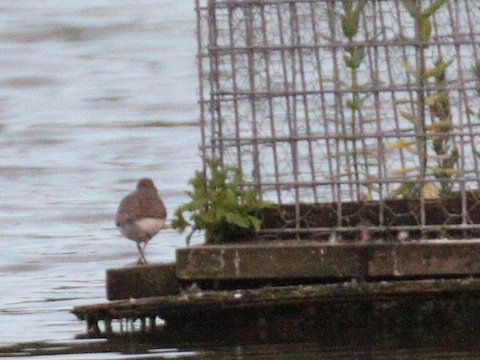
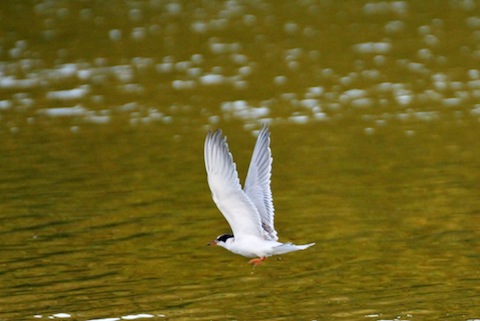
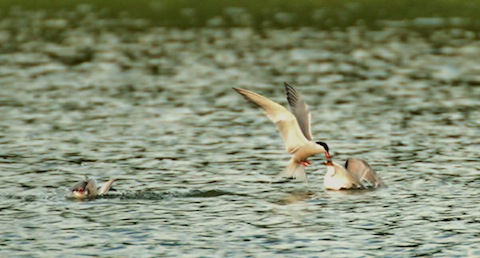
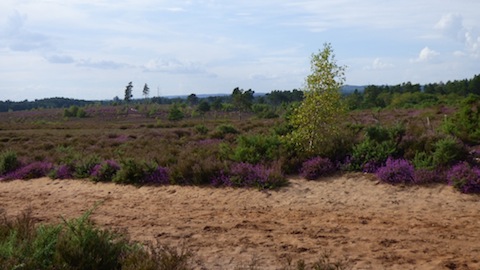
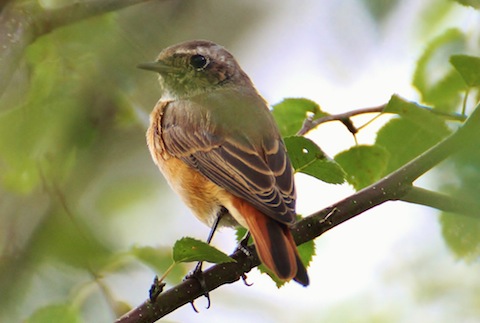
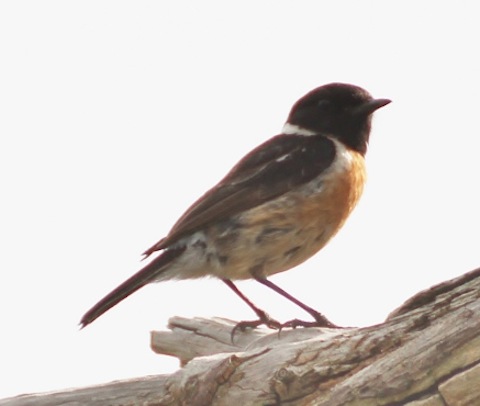
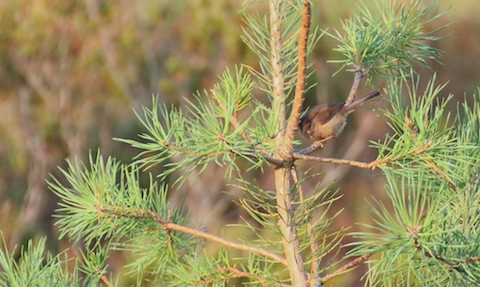
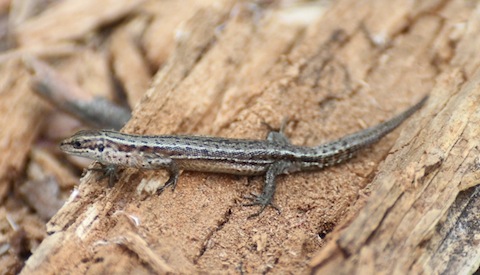
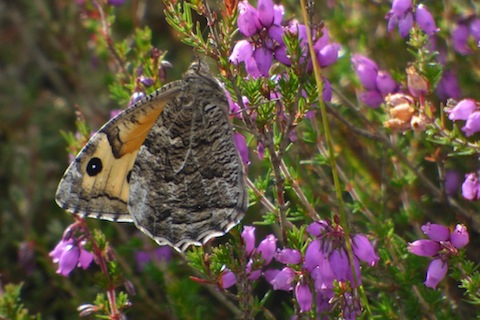
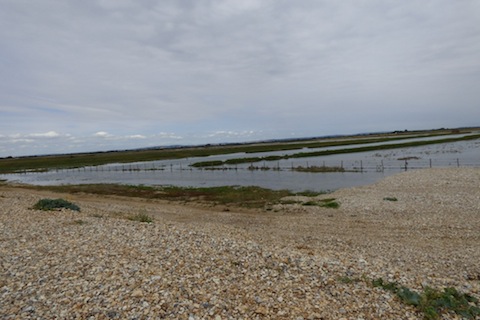
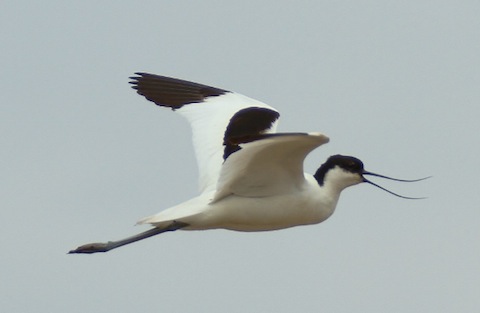
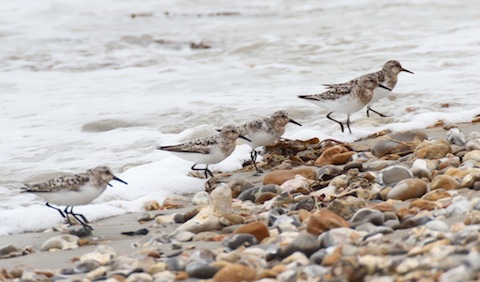
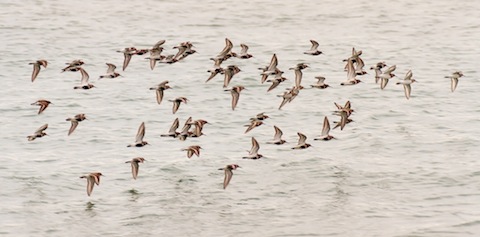

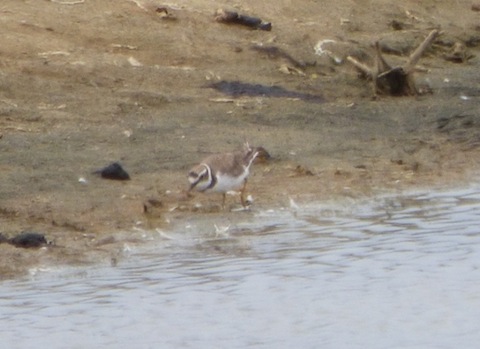
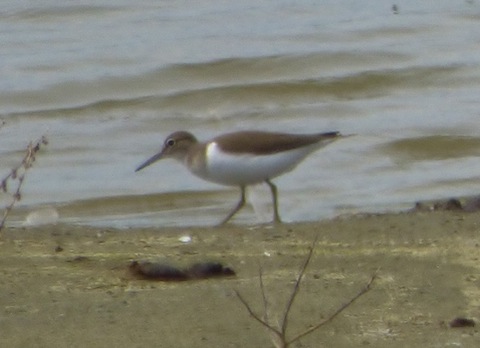
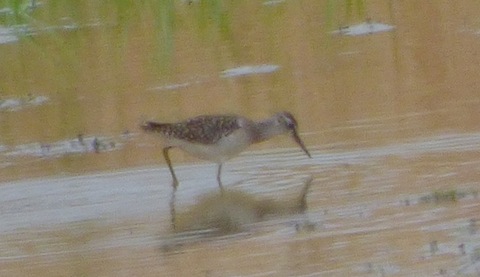
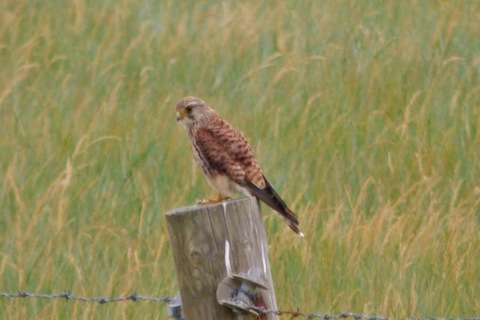
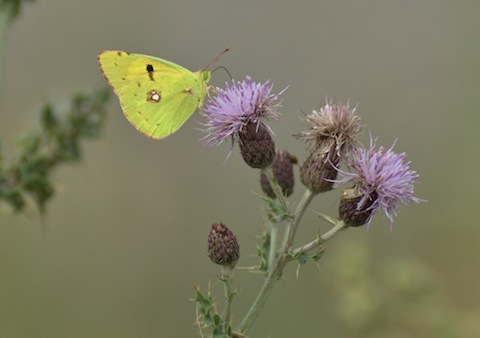
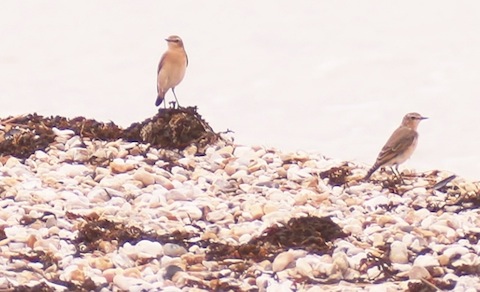

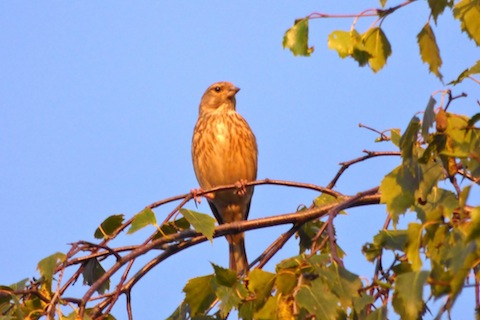
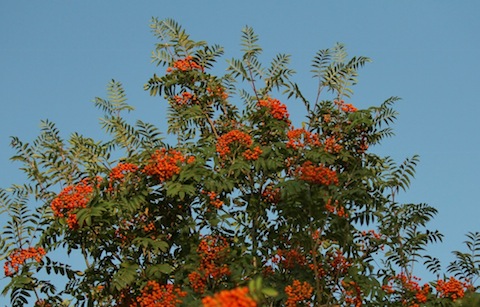
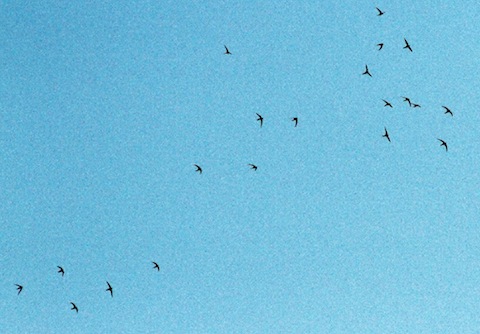
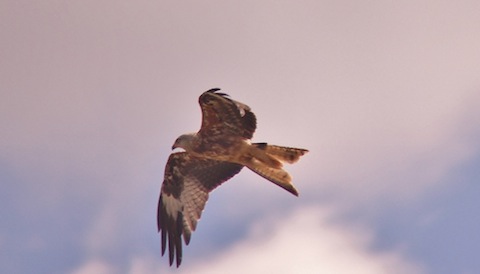
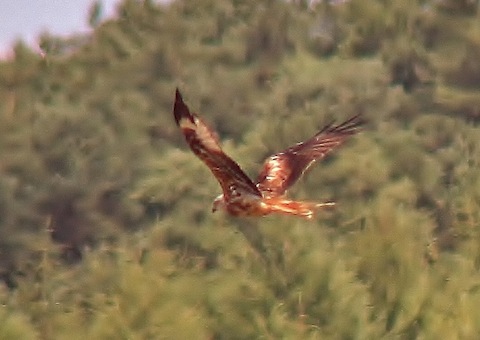
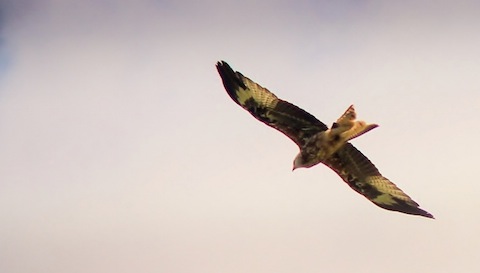






Chaz Folkes
August 1, 2014 at 11:53 am
Another great set of photographs. I’ve not spotted anything as exciting as a kingfisher or a kestrel down at the reserve, but inspired by your column I’ve recently been enjoying watching buzzards over Chantry Woods.
Malcolm Fincham
August 2, 2014 at 11:21 pm
Thank you for such compliments Chaz. It’s always pleasing to know that since having my arm twisted, gently, into doing these reports, my intentions to inspire my readers of the wonderful nature that surrounds us all gets such a good response.
Common buzzards are indeed a truly magnificent sight around the Surrey Hills.